You might have noticed those little skin surprises that seem to appear out of nowhere. While skin tags are typically harmless and non-cancerous, they can become quite a nuisance, especially in areas where clothing rubs against your skin. It’s essential to keep an eye on any rapid changes in size, colour, or sensation, as these could be signs of something more serious. But when should you actually consider having them removed? The answer isn’t always straightforward, and understanding the nuances can help you make an informed decision.
Key Takeaways
– Skin tags are generally benign and pose no serious health risks.
– Removal should be considered if skin tags cause pain, bleeding, or irritation.
– Rapid changes in size, colour, or shape warrant medical evaluation.
– Cosmetic concerns may justify removal for appearance improvement.
– Home remedies exist, but professional consultation ensures safety and effectiveness.
What Are Skin Tags?
Skin tags, also known as acrochordons, are small, benign growths that typically form in areas where the skin folds, such as the neck, armpits, groyne, and eyelids.
These growths are generally harmless and don’t cause any pain or discomfort. However, it’s important to recognize the different skin tag types and their appearance to differentiate them from other skin conditions.
Skin tags usually present as soft, flesh-coloured or slightly darker protrusions that hang off the skin by a thin stalk, known as a peduncle. They can vary in size from a few millimetres to a couple of centimetres.
The most common skin tag types include solitary skin tags, which appear alone, and clustered skin tags, where multiple tags form in a concentrated area.
Causes of Skin Tags
Understanding the underlying causes of skin tags can help you manage and prevent their occurrence. Skin tags, medically known as acrochordons, are benign growths that often develop due to a combination of risk factors and genetic predisposition.
One primary factor is friction; areas where your skin rubs together or against clothing are more susceptible. This explains why they’re common in overweight individuals, where skin folds create more friction.
Hormonal changes also play a significant role. Pregnant women, for instance, often develop skin tags due to hormonal fluctuations. Insulin resistance, commonly seen in people with diabetes, has been linked to the formation of these growths as well.
Genetic predisposition can’t be ignored. If your family members have skin tags, you’re more likely to develop them too. This genetic link suggests that some people are inherently more prone to these benign tumours.
Age is another factor; as you age, your skin’s elasticity decreases, making it more prone to forming tags.
While these causes don’t make skin tags harmful, understanding them can aid in prevention and management. Awareness of these risk factors can help you take steps to minimise their occurrence.
Common Areas for Skin Tags
Given the various causes of skin tags, it’s important to know where they’re most likely to appear.
Skin tags, or acrochordons, commonly develop in areas where your skin experiences friction. This can be due to skin rubbing against skin or clothing. Typical skin tag locations include the neck, armpits, under the breasts, and the groyne area. These are high-friction zones that can lead to the formation of these benign growths.
You might also find skin tags on your eyelids, which is another sensitive area subject to frequent movement and friction. Additionally, skin tags can appear on the chest, back, and even the buttocks, especially if you have tight-fitting clothing that causes constant rubbing.
Skin tag characteristics typically include small, flesh-coloured or slightly darker growths that hang off the skin by a thin stalk, known as a peduncle. They’re generally soft to the touch and moveable.
While they vary in size, most skin tags are only a few millimetres in diameter, though some can grow larger.
Understanding these common areas for skin tags can help you identify them early and consult your healthcare provider if you have concerns.
Are Skin Tags Harmful?
You might wonder if these small growths warrant concern, but rest assured, skin tags are generally harmless.
They’re benign, meaning they don’t pose any serious health risks. Many skin tag myths suggest that these growths might be cancerous or contagious, but that’s not the case. Their appearance is usually due to friction from skin rubbing against skin or clothing, rather than any underlying health issue.
While skin tags don’t typically present any health concerns, there are some situations where they might cause discomfort. For instance, if a skin tag is in an area that experiences frequent irritation, such as around the neck or underarms, it might become red or sore.
Despite this, the skin tag risk remains minimal, as these growths don’t evolve into malignant forms.
It’s important to note that the presence of skin tags doesn’t indicate a need for medical alarm. They’re quite common and affect a significant portion of the population.
Knowing the facts can help dispel skin tag myths and reduce unnecessary worry. Fundamentally, while they may be a cosmetic nuisance, skin tags themselves aren’t harmful.
Symptoms to Watch For
Although skin tags are generally benign, it’s vital to recognize symptoms that might warrant closer attention. Understanding symptom identification is significant in guaranteeing your skin remains healthy. Skin tags are usually small, soft, and flesh-coloured. However, changes in their characteristics can signal potential issues.
Here are key symptoms to watch for:
– Rapid Growth: If a skin tag suddenly increases in size, it could indicate an underlying problem.
– Colour Changes: A shift in colour, such as darkening or becoming red, may suggest irritation or other complications.
– Pain or Bleeding: If a skin tag becomes painful or starts to bleed, it’s a sign that you should monitor it closely.
Identifying these symptoms can help you determine if further action is needed. Always pay attention to any unusual changes in your skin tags. Rapid growth, colour changes, or pain and bleeding are red flags that shouldn’t be ignored.
While these symptoms don’t always mean there’s a severe issue, they do warrant closer observation. Staying vigilant about these skin tag characteristics guarantees you can address potential problems promptly and maintain your skin’s health.
When to See a Doctor
Recognizing the symptoms that warrant closer attention is only part of the process; knowing when to see a doctor is equally important. If you notice rapid changes in the size, colour, or shape of a skin tag, it’s vital to seek a professional skin tag diagnosis. These alterations could potentially indicate an underlying health issue that requires medical intervention.
You should also consider a doctor consultation if the skin tag becomes painful, starts bleeding, or shows signs of infection, such as redness or pus. Such symptoms aren’t typical and may demand more than just an over-the-counter remedy.
Additionally, if you’re uncertain whether a growth is a skin tag or something more serious, like a wart or a mole, a healthcare professional can provide clarity. Accurate diagnosis is essential for effective treatment and peace of mind.
Don’t ignore skin tags that are located in areas where they get irritated by clothing or jewellery, as constant friction can lead to complications.
Removal Methods
When it comes to removal methods for skin tags, several options are available, each with its own set of advantages and considerations. Understanding these methods can help you make an informed decision about what’s best for your skin.
Laser treatments are a popular choice for their precision and effectiveness. This method involves using a focused beam of light to burn off the skin tag. It’s quick and typically causes minimal discomfort.
Cryotherapy options are another effective method. This procedure involves freezing the skin tag with liquid nitrogen. The extreme cold causes the tag to fall off within a few days. It’s a straightforward process, but it may require multiple sessions for larger skin tags.
Surgical excision is a more traditional approach. A healthcare provider uses a sterile blade or scissors to cut off the skin tag. While it may sound invasive, it’s generally a quick and painless procedure, often performed under local anaesthesia.
Each method has its pros and cons, so it’s important to consult with a dermatologist to determine the most suitable option for your specific situation.
This way, you can guarantee a safe and effective removal process.
Home Remedies
While professional removal methods like laser treatments, cryotherapy, and surgical excision offer effective solutions for skin tag removal, some people prefer to explore home remedies. If you’re considering a do-it-yourself approach, several natural options exist that may help reduce or eliminate skin tags.
One popular method involves using apple cider vinegar. Soak a cotton ball in apple cider vinegar and apply it directly to the skin tag, securing it with a bandage. Leave it on for about 15-30 minutes daily. The acidity of the vinegar can break down the tissue, causing the skin tag to eventually fall off.
Tea tree oil is another widely used home remedy. Known for its antifungal and antiviral properties, tea tree oil can aid in the drying out of skin tags. Apply a few drops of tea tree oil to a cotton ball and secure it over the skin tag with a bandage. Repeat this process nightly until the skin tag dries up and falls off.
Both methods require patience and consistency, as results can take several weeks. Always consult your healthcare provider before starting any home treatment to verify it’s appropriate for your skin type.
Prevention Tips
Prevention is key when it comes to managing skin tags, and adopting certain habits can greatly reduce their occurrence. Implementing specific lifestyle changes and skincare routines can make a significant difference.
Start by maintaining a healthy weight. Obesity is a common factor that contributes to skin tags due to increased skin friction.
Here are some practical steps you can take:
– Maintain a healthy diet and exercise regularly: This helps to manage your weight and reduce friction between skin folds.
– Adopt a consistent skincare routine: Proper cleansing and moisturising can minimise skin irritation and friction.
– Wear loose-fitting clothing: Avoid tight garments that can rub against your skin and create friction points.
Incorporating these habits into your daily routine can create an environment less conducive to skin tag development.
Addressing underlying factors such as obesity and skin irritation can stop skin tags before they form, ensuring your skin remains clear.
Regular check-ups with a dermatologist can provide additional personalised advice tailored to your specific skin type and condition.
Frequently Asked Questions
Can Skin Tags Affect My Self-Esteem or Confidence?
Yes, skin tags can affect your self-esteem or confidence. Addressing the self-image impact through skin tag removal might help. If you’re concerned, consult a dermatologist to discuss the best treatment options for you.
Are Skin Tags More Common in Certain Age Groups?
Yes, skin tag prevalence is higher in adults, particularly those over 40. Age-related factors like hormonal changes and metabolic conditions contribute to this. You should monitor them and consult a dermatologist if they cause issues.
Do Skin Tags Indicate Underlying Health Issues?
Skin tags don’t usually indicate underlying health issues. They’re often caused by friction and age. For skin tag treatments, you can use over-the-counter solutions or consult a dermatologist for removal. Always discuss persistent concerns with a professional.
How Does Diet Impact the Development of Skin Tags?
Your dietary habits can impact the development of skin tags. Poor nutrition and nutritional deficiencies, particularly those affecting blood sugar regulation, may contribute to their formation. Guarantee a balanced diet to potentially reduce skin tag occurrence.
Can Stress Contribute to the Formation of Skin Tags?
Yes, stress can contribute to the formation of skin tags. Effective stress management is essential for maintaining overall skin health. Reducing stress through relaxation techniques and healthy lifestyle choices can help prevent skin tags from developing.
Conclusion
To summarise, while skin tags are generally harmless, it’s important to keep an eye on them for any rapid changes. Notably, nearly 50% of adults will develop at least one skin tag in their lifetime. If you experience discomfort or notice significant changes, don’t hesitate to consult a healthcare provider. They can guide you through safe removal options and help you maintain healthy skin. Prevention and early detection are key to managing these common skin growths effectively.




